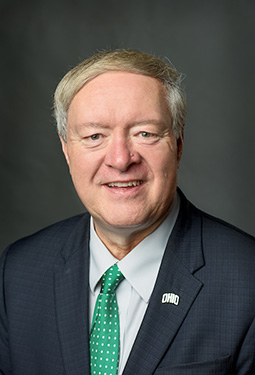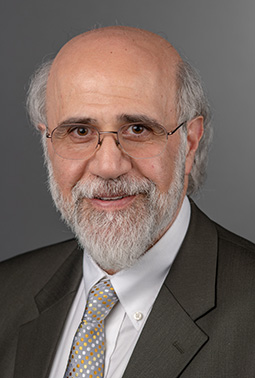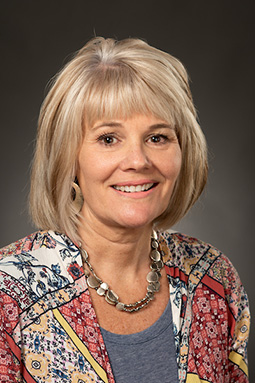
Photo courtesy of: University Communications and MarketingDr. M. Duane Nellis
On March 21, President M. Duane Nellis, Executive Vice President and Provost Chaden Djalali and Vice President for Finance and Administration Deborah J. Shaffer shared the following budget planning update with the campus community.
Dear colleagues,
We are reaching out today to provide a budget planning update. Yesterday, colleges were provided with guidance to balance their budget beginning in FY20.
As we navigate solutions to advance our institutional priorities and build a strong legacy as one Ohio University, we must work together to balance our investment in the future while identifying efficiencies. Ohio University is not alone – colleges and universities across the nation are struggling with funding challenges, including the decreasing enrollments in residential programs, affordability issues, rising student debt, and competition from for-profit and other alternatives to four-year universities. There is a growing need for institutions of higher learning to identify alternative revenue sources and to implement cost-saving measures to create a sustainable financial future. Certainly, Ohio University is committed to creating innovative approaches for a dynamic future.
For the past several years, we have engaged as a University community in increasing our administrative efficiencies as well as investments in strategic academic programs to highlight our position as an institution increasingly focused on access to academic excellence.
We continue our transition toward long-term financial planning through multi-year budgeting by college and administrative unit. University leadership, including our President, Provost, Vice Presidents and Deans, have been engaged in extensive discussions to identify a sustainable financial plan. It is crucial that we develop a plan that secures the financial health of the University for the long-term that supports strategic investment – in people, innovative pedagogy, research and creative activity, and infrastructure – in order to better serve our students, to participate in solving problems facing our region, nation, and the larger world, and to advance our University to new levels of national and international prominence.
This process began several years ago with budget reductions and resource realignments in most units across all campuses. Yesterday, colleges were assigned multi-year targets to achieve a balanced budget. These budget targets can be achieved strategically by increasing revenues, implementing efficiencies to reduce costs, or a combination of these approaches. In many cases, meeting these targets will likely require a multi-year approach. Colleges will be able to use limited, one-time bridge funding while implementing their long-term strategy to achieve a balanced budget.
By identifying a sustainable financial strategy across the institution, these shared sacrifices and innovative strategies will allow us to advance our strategic priorities while achieving financial health. It is important to recognize Ohio University’s legacy as a strong and resilient organization that has weathered many challenging economic periods and has already proven its ability to respond and innovate while supporting our strategic priorities and enhancing our quality and reputation. While making these necessary and strategic changes, we must continually seek to create an environment of constructive and open communication, and to that end, we will continue to provide updates as we advance our plan to achieve a sustainable and dynamic financial future for Ohio University.
We appreciate your continued support during this multi-year, dynamic budget planning process as we work together toward one Ohio University.
Sincerely,
Dr. M. Duane Nellis,
President
Dr. Chaden Djalali,
Executive Vice President and Provost
Deborah J. Shaffer,
Vice President for Finance and Administration

Photo courtesy of: University Communications and MarketingDr. M. Chaden Djalali

Photo courtesy of: University Communications and MarketingDeborah J. Shaffer